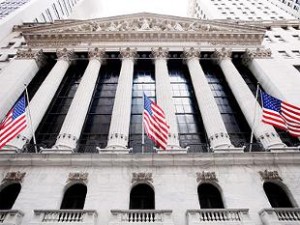
October meetings of the Federal Reserve dwelt on turbulent financial markets and overseas weaknesses, but these items failed to deter the fed from going ahead with plans to end landmark bond buying.
Recently released minutes from the meeting showed that the agency was concerned about fluctuations in U.S. stock prices and in economic wavering in Europe and Asia. Inflation, which has been held below 2 percent, could go even lower because of falling energy prices and strengthening of the dollar.
If the Europe and Asian economies continue to dip, it could have a dampening effect on U.S. growth, although the nation’s finances are deemed to be on solid footing and expected to keep improving.
When the fed announced in September that an increased interest rate would be delayed, Wall Street experienced a big rally. The October viewpoints seem to have had little effect on the market. It is now anticipated that the rate hike will take place next June, depending on how the data fall out between now and then.
Based on information coming out of the October meeting, most private economists are taking a mid-2015 rate increase as most likely.
The Fed has been gradually decreasing its bond-buying program since last December. It was a move aimed at keeping long-term interest rates low. Improved employment statistics has promoted a decline in the program, an indication that the Fed is less concerned with the labor market.
Most participants of the meeting agreed that economic activity continues to expand at a moderate pace.
They reported that the recent decline in energy prices will provide a nice boost to consumer spending in the near future. Lower-income households in particular will benefit. Low interest rates, rising consumer confidence and a decline in the levels of household debt to income ratio are part of what will make the coming months look brighter.